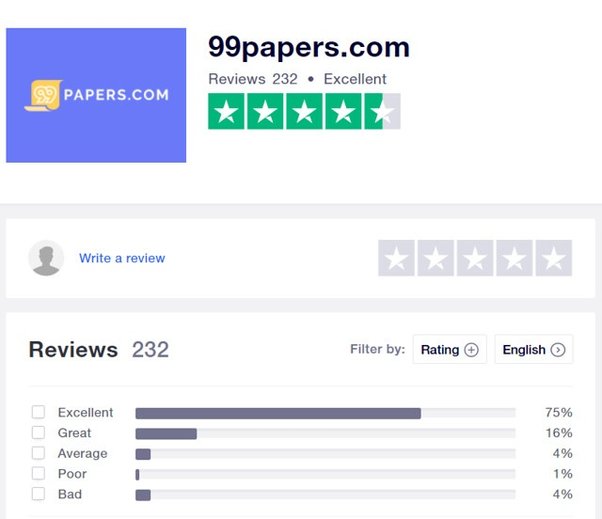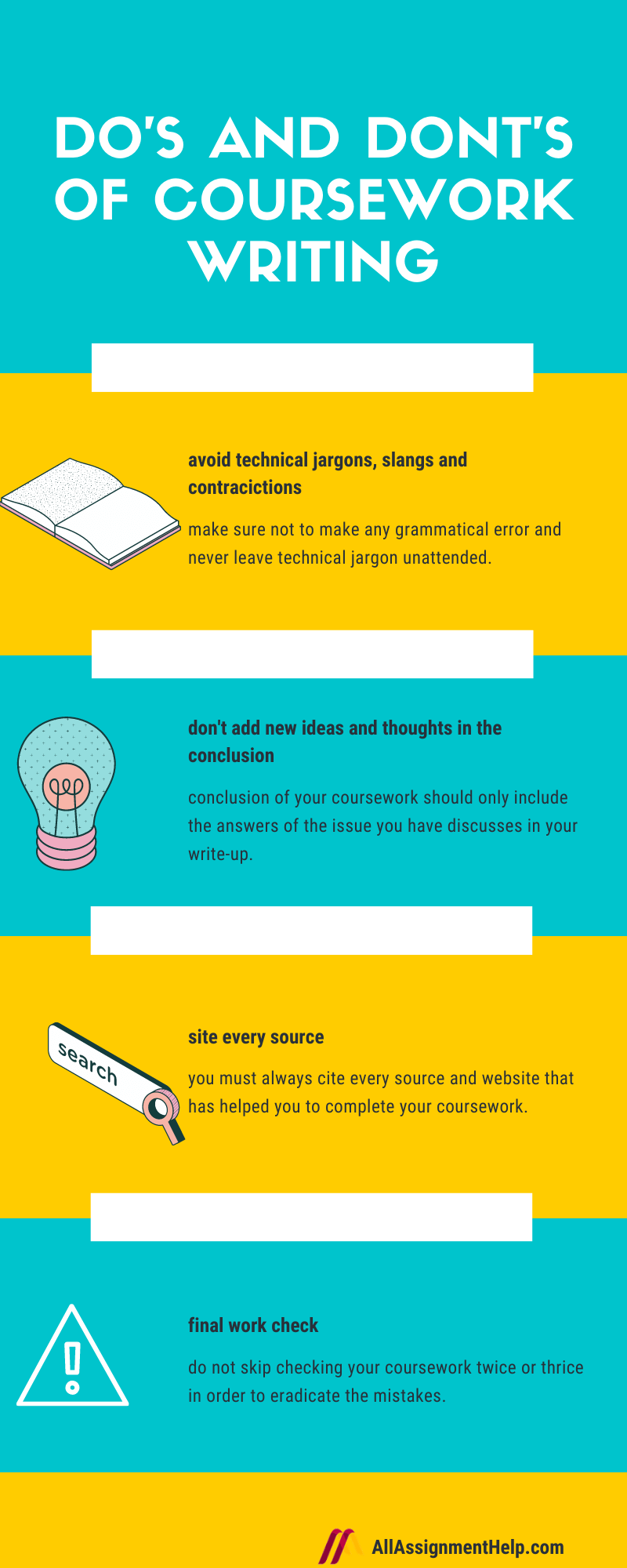How to Write a Coursework Assignment

In this article, I’ll discuss how to write a coursework assignment and the process involved in developing an effective topic. In this article, I’ll also discuss how to choose a topic, develop a thesis statement, research methods, and write a bibliography. Hopefully, this article will give you the confidence to write a quality assignment! Until then, here are a few tips to help you get started:
Choosing a good topic
While writing a coursework assignment is not a difficult task, it can be a challenge if the professor has assigned a boring topic. In such situations, students may feel dissatisfied and upset because they must gather content on a subject that they have no interest in. Fortunately, there are several ways to make the task easier, including avoiding the most common mistakes. Here are some tips to help you choose a good topic.
Make sure to check the word limit. Some assignments may require a specific word count. If there is a specified number, this will help you plan how long to spend writing. A good word count is approximately 1,000 words. This number does not include references, footnotes, and appendices. Make sure you know the exact word count of the coursework before you begin. Make sure you check it using plagiarism software to ensure that your work is completely unique.
Pick a topic that interests you. Choosing a topic that you are familiar with will make your task easier and less time-consuming. Avoid choosing a popular topic because it is likely that you will not be able to find enough data and evidence on it. A topic that is well-known to the public may be boring to write about, so choose a topic that has interest for you and is easy to research.
If the assignment requires you to choose a topic, it is important to think about the audience and purpose of the writing. A topic that is too vague or general will be difficult to research and develop a clear thesis statement. Furthermore, a broad topic will be too difficult to meet the word limit for the assignment and will not satisfy the topic. If you feel unsure of the topic you’re assigned, you can also consult your instructor or previous coursework assignments to find a suitable topic.
Developing a thesis statement
When writing a thesis statement, you must keep several things in mind. You should be sure to relate your statement to the topic and argument of your paper. Use the correct diction. Don’t use too many big words or fluff. Your thesis statement should not confuse your reader. It should also be as assertive as possible. The following are some examples of thesis statements. They can help you come up with a strong thesis statement.
Research questions are a common starting point for a thesis statement. Having a specific question to answer will guide you in creating a strong thesis statement. A good example of a research question would be “what factors led to the Brexit vote.” Specific research questions will help you focus your ideas and help you develop a strong thesis statement. In general, a thesis statement should directly address the research question.
The controlling idea in a paper is the word, phrase, or clause that states the writer’s view, attitude, or stand. A sample thesis statement would be: Teenage girls watch MTV and believe that a woman’s worth is based on her sensuality. However, this thesis statement isn’t complex enough to warrant an extended discussion. In order to develop an effective thesis statement, the writer must first identify the audience for the paper.
The purpose of the thesis statement in a paper is to identify the relationship between pieces of evidence. While thesis statements are not required in all papers, it’s best to ask the instructor if they require one. The subject of a paper can be broad or specific. Sample coursework assignments will provide ideas for a thesis statement. For example, a thesis statement might examine how a woman’s household labor and products changed over time.
Research methods
The best way to prepare a high-quality coursework assignment is to do proper research. A thorough research ensures that your paper meets the highest standards of academic writing. The research methods you use should be consistent with the prompt you’ve been assigned. When writing your coursework assignment, you should also follow a specific citation format, which informs your audience about the structure of the paper and the citation format you’ll use. You should also submit your paper for peer review so that a distinguished scholar can check whether your information is reliable or not.
Choosing the topic and goals of your coursework assignment is essential. The next step is to plan and structure it. Different educational facilities have their own standards and expectations, so it’s important to know your professor’s requirements. In an example of an extended essay, you may choose to focus on the role of human rights in the global pursuit of lower costs. Identify the best research methods, including polls, surveys, analysis, observations, comparisons, and studying resources.
The research methods you use should be clearly defined. It can be stated in the introduction or the first body paragraph of the assignment, as long as the audience can understand it. Then, the explanation of how you did it should follow. The research method itself should be clear and persuasive. You should also explain why it was chosen. If it isn’t clear to the reader, it’s not appropriate for them to read the piece.
A case study is one of the most important types of research. Students usually select a specific company or person to analyze, and then thoroughly analyze each aspect of the chosen subject. Once they have collected sufficient data, they can move on to the writing portion. However, if the deadline is too far away, they should select a different method to complete the task. This method will help them develop a new research and discover new things.
Developing a bibliography
Developing a bibliography when writing coursework assignments involves selecting and analyzing sources. When creating a bibliography, students should provide a concise summary of each source. For example, if they are researching the social factors that led to protests in the Philippines in the 1980s, they can compare and contrast these factors to those that led to similar protests in the Philippines today. Students should also use a combination of strategies to narrowly focus on a specific research problem. Likewise, they should make sure to include non-U.S. and foreign language sources in their bibliographies.
The primary purpose of a bibliography is to enable students to locate peer-reviewed articles and books and to format a Works Cited page. The bibliography must be organized alphabetically according to author’s last name. Students should also note that if a source is not directly quoted, it is not considered primary text. It is important to note that sources must be current or at least five years old in order to be included in a bibliography.
While some teachers request students to use at least three printed sources, the internet is not always enough. To submit a high-quality coursework assignment, it is essential to use appropriate sources. You may want to consult an online annotated bibliography exercise to learn how to write an annotated bibliography. Then, go to the library and choose books that will be relevant to your topic. Once you have selected the books, you should evaluate their authority and determine their target audience.
Annotated bibliographies are generally in MLA, APA, or Chicago style. They are organized alphabetically according to the author’s last name or title. For articles and essays published in scholarly journals, titles should be in italicized. The first line of each source should be indented. Lastly, you must include the name and title of the source within quotation marks. This method of annotation requires patience and care.
Including a conclusion
When writing a coursework assignment, a good conclusion is essential to ensure that your readers are not left with unanswered questions. A good conclusion speaks to your objectives as you finished the assignment. It should be well-developed, and the conclusion part should relate back to your introduction and main points. It should summarize your main argument and highlight the connections you made throughout the paper. Here are some tips to writing a strong conclusion:
The conclusion paragraph must be structured in such a way that it ties into your introduction and question set. Ideally, it should be a concise summary of the main points of each body paragraph. For example, if your topic was a person’s life, the conclusion paragraph could be a summary of their life and work. Regardless of the topic, the conclusion should be brief, easy to understand, and logical.
When writing a conclusion, you should include concrete details that make your argument strong. You may not want to leave out all the facts and figures, but you don’t want to add a paragraph of random facts that create confusion. In this case, you could use an example of a historical figure whose life is discussed in your essay. The example above shows how a historical figure such as Frederick Douglass was able to influence society and achieve his goals by studying and working in the slave community.
While the introduction and body of your paper should lead to the thesis statement, the conclusion should give your reader something to think about. It should make them glad they read the paper. It should give them something to think about or apply to their lives. If you are writing a creative essay, it is important to talk about a moral lesson or the events that preceded your topic. If you have the time to think of an interesting example, it’s easy to come up with a great conclusion.




Leave a Reply